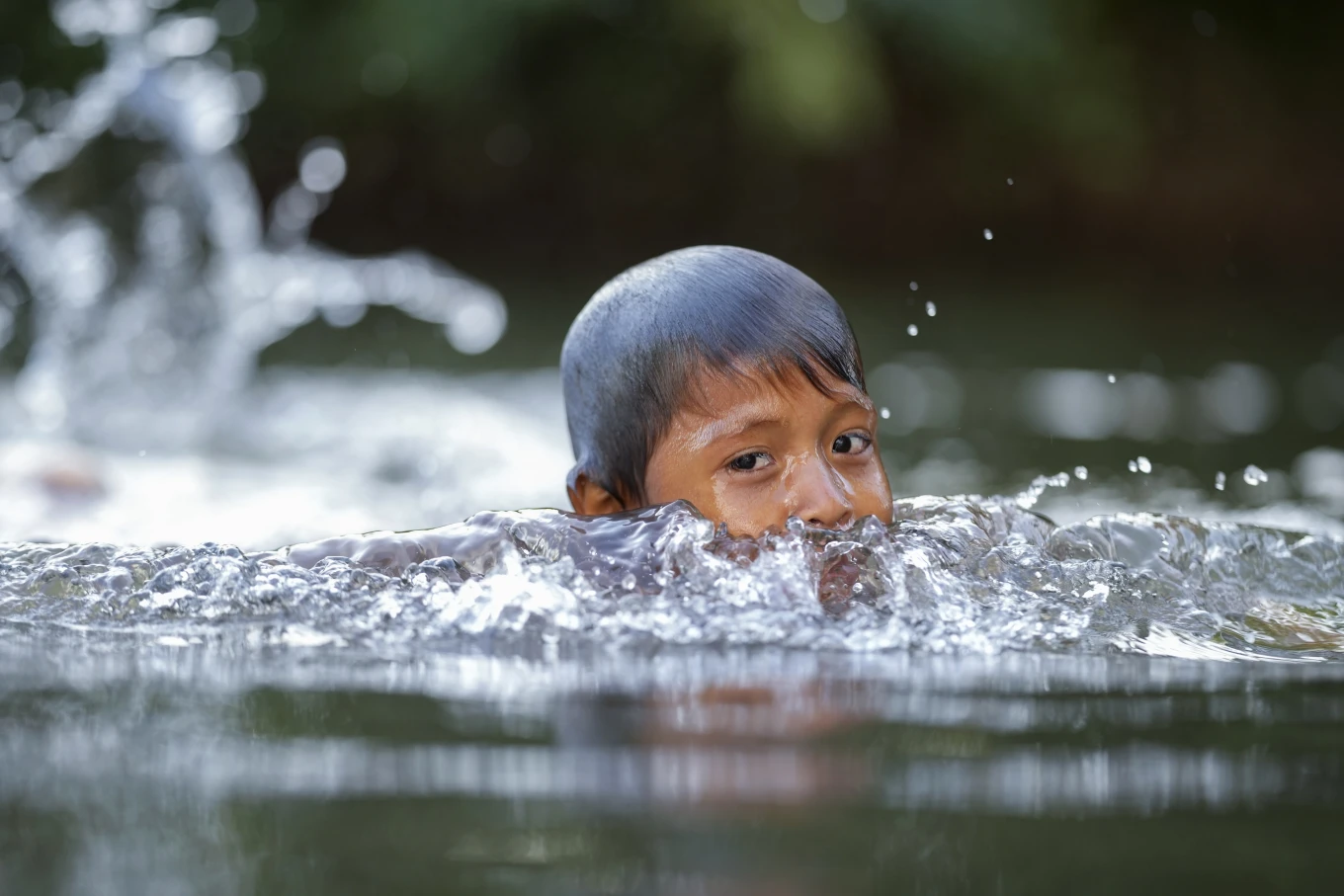

On the banks of the Komi Memem River, the activity never ceases: women go down the embankment from Laje Velho village carrying basins to wash clothing, while men embark in small canoes on hunting and fishing expeditions. At day’s end, it’s the children’s turn to dive into its tea-colored waters.
The river, named Laje in non-Indigenous maps, is vital to the Oro Waram, one of the six subgroups of the Wari’ people, who have inhabited the Western Amazon for centuries. However, this immemorial relationship is under increasing threat. The relentless expansion of soybeans and pastures encroaches on their land, while land-robbers promote illegal deforestation.
To protect themselves, the Wari’ people are resorting to a new strategy: the white man’s law. In June, the municipality of Guajara-Mirim passed a groundbreaking law proposed by an Indigenous councilman that designates the Komi Memem and its tributaries as living entities with rights, ranging from maintaining their natural flow to having the forest around them protected.
The law comes as representatives of eight South American governments gather Tuesday and Wednesday in Brazil to discuss ways to preserve the Amazon rainforest to help stave off climate change and protect its Indigenous peoples.